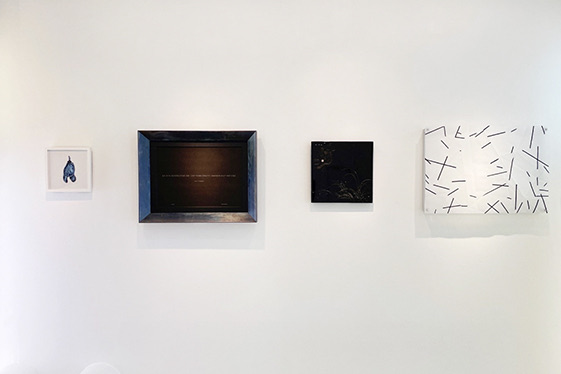

Seitaro Yamazaki Newsletter June 25, 2024
Thank you for subscribing to my newsletter.
This letter will mainly report on Seitaro Yamazaki’s activities as a contemporary artist.
Until now, most of my activities have been centered on exhibitions outside of Japan, but I have decided to be a little more proactive domestically.
Earlier this year, I participated in a group exhibition ART SHODO MDP SELECTION vol.1 at MDP Gallery in Meguro.
This group exhibition was a collection of works on the theme of text (letters and writings). I created a set of fonts as contemporary art.
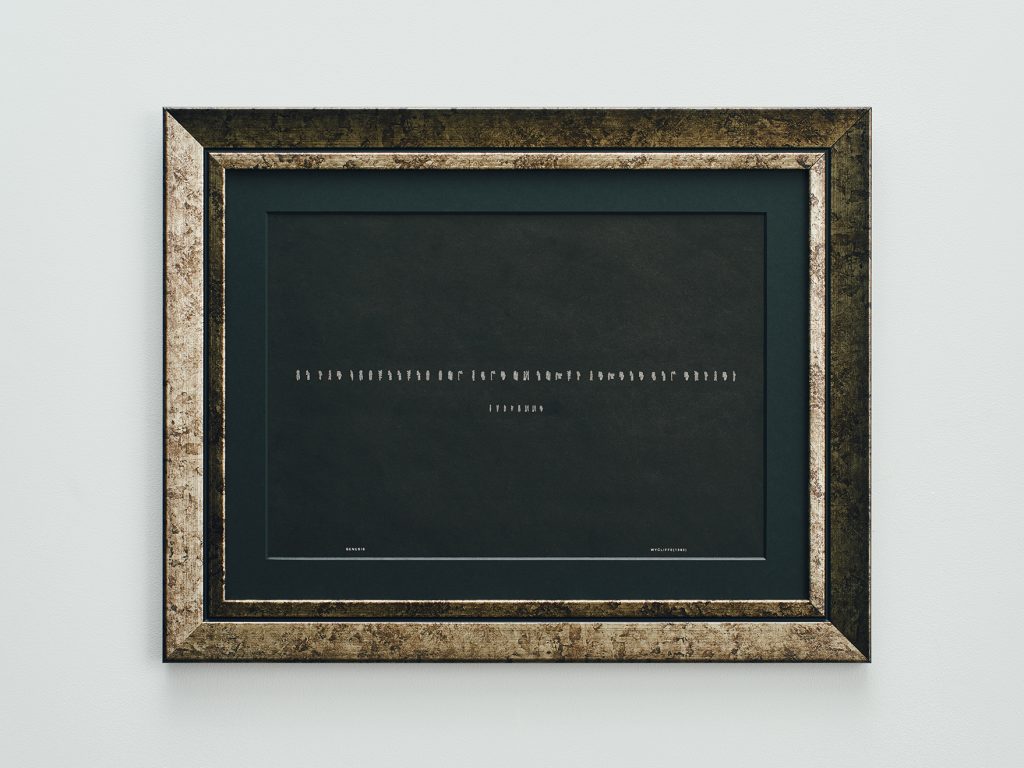
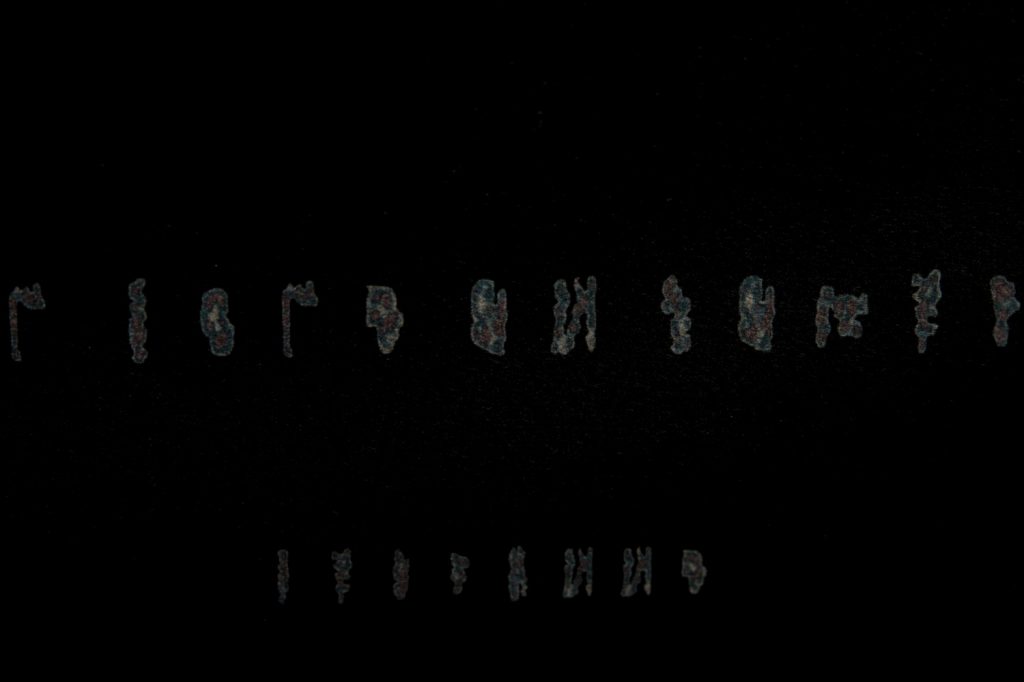
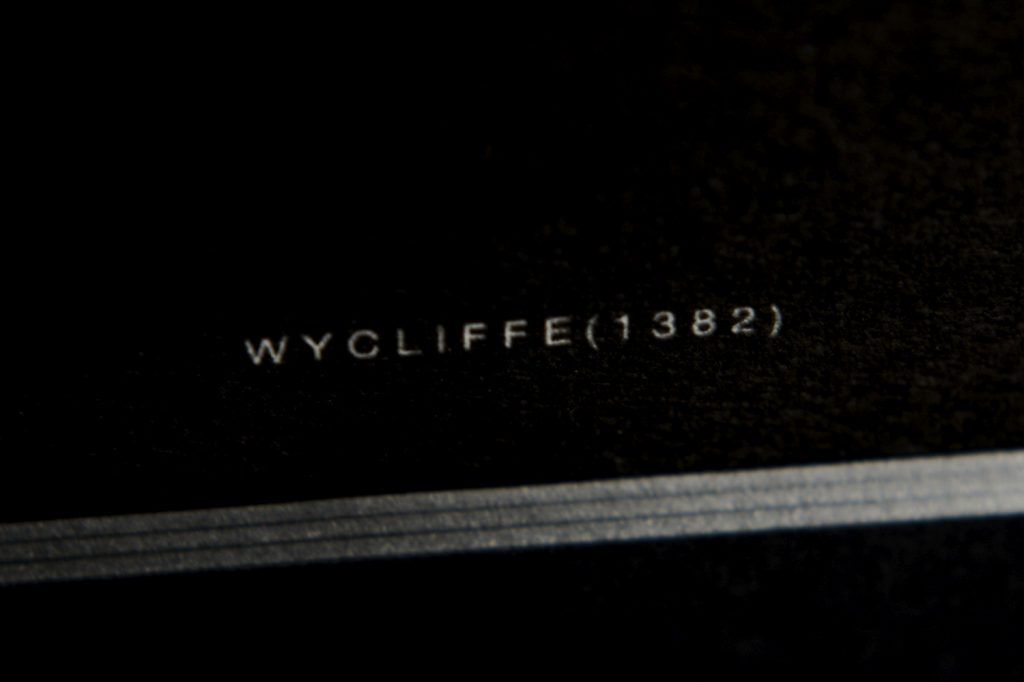
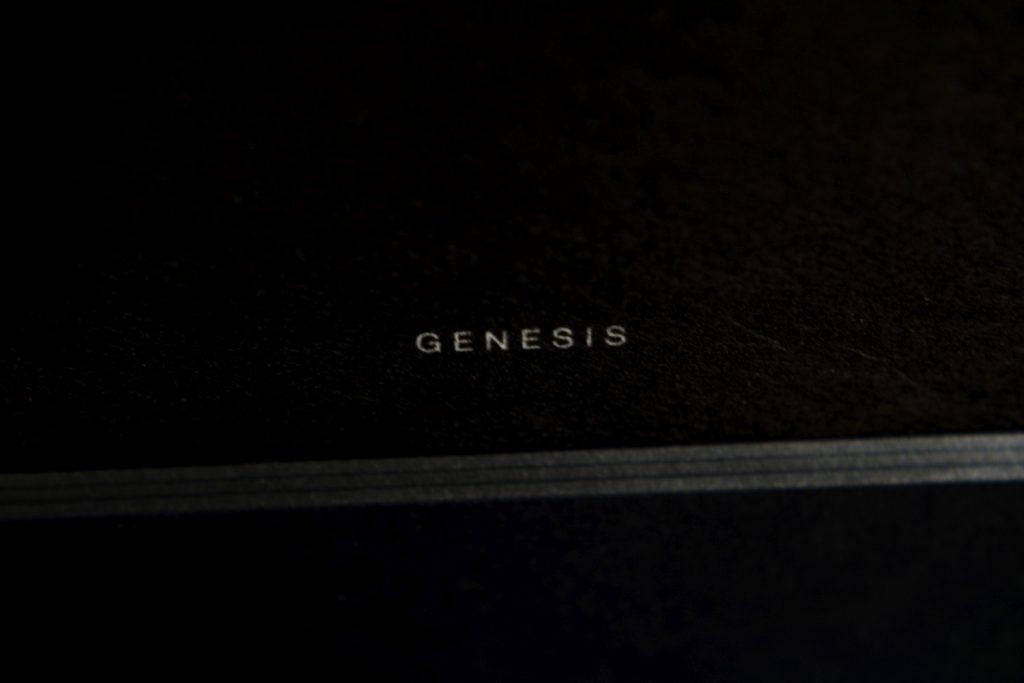
STORIES NOT USED בְּרֵאשִׁ֖ית בָּרָ֣א אֱלֹהִ֑ים אֵ֥ת הַשָּׁמַ֖יִם וְאֵ֥ת הָאָֽרֶץ׃ WYC1382 (Seitaro Yamazaki, 2024)
This is the latest in a series using sonography that I have been working on since 2021.
A sonograph is a device that divides sound into frequencies and graphs their intensity. The first time I used this device was for “Sheet Music for Blank Space” #01 STEVE REICH / COUNTERPOINT at KIWA in Tennoz-isle.
Usually, a sonograph is used to examine the sound of something, but I use it to see the shape of the noise floating around the sound.
To create “STORIES NOT USED בְּרֵאשִׁ֖ית בָּרָ֣א אֱלֹהִ֑ים אֵ֥ת הַשָּׁמַ֖יִם וְאֵ֥ת הָאָֽרֶץ׃ WYC1382”, I first pronounce the Latin alphabet from A to Z out loud. Then I look for the noise around each sound and put it into a font editor called GRYPHS. This creates the font set of STORIES NOT USED.
Using this font, I wanted to experiment how to visualize the many things that fall out when we express verbally and in writing. In published interviews, for example, a misspoke or a misstatement is pretended to have never happened, formatted as a beautiful sentence, and shared. However, I believe that the truth lies in these unshared words, moments and expressions. The in-between lines are what expresses the ambiguous human thoughts.
The letters you see in “STORIES NOT USED בְּרֵאשִׁ֖ית בָּרָ֣א אֱלֹהִ֑ים אֵ֥ת הַשָּׁמַ֖יִם וְאֵ֥ת הָאָֽרֶץ׃ WYC1382” is the first sentence of the English translation of the Bible, published in 1382 by a man named Wycliffe.
“In the bigynnyng God made of nouyt heuene and erthe.”(In the beginning God created the heavens and the earth).
Compare this with the 1611 King James version of the Bible.
“In the beginning God created the heaven and the earth.”
Wycliffe is said to have made his English translation from a Latin translation of the Bible made in 405, and the first part of the Latin translation, called Biblia Sacra Vulgata, reads as follows:
“In principio creavit Deus caelum et terram.”
Why are the texts expressed differently when they are supposed to be the same sentences written using the same alphabet and mean the same thing?
Let’s also take a look at the original Hebrew text which reads from right to left.
בְּרֵאשִׁ֖ית בָּרָ֣א אֱלֹהִ֑ים אֵ֥ת הַשָּׁמַ֖יִם וְאֵ֥ת הָאָֽרֶץ׃
Throughout two thousand years of history and many people of different ideas translating the same text, I am certain that many words have been lost or mistranslated unintentionally.
This work will be exhibited at my solo exhibition Art that Crosses Borders, Design that Traverses at Spiral Garden in Aoyama from August 17 to September 1, 2024.
I have had solo exhibitions at Blue Line Arts in Roseville, California and at galleries in New York, but this will be the first to exhibit at this large scale. There will be a variety of works, some of which I have only exhibited overseas.
Looking forward to seeing you all there.
In the next issue of this newsletter, I will share my new studio and 3D works using sonographs.
Thanks,
Sei
LETTER FOR YOU
To receive news on upcoming exhibitions and artworks.
Please subscribe to our newsletter.